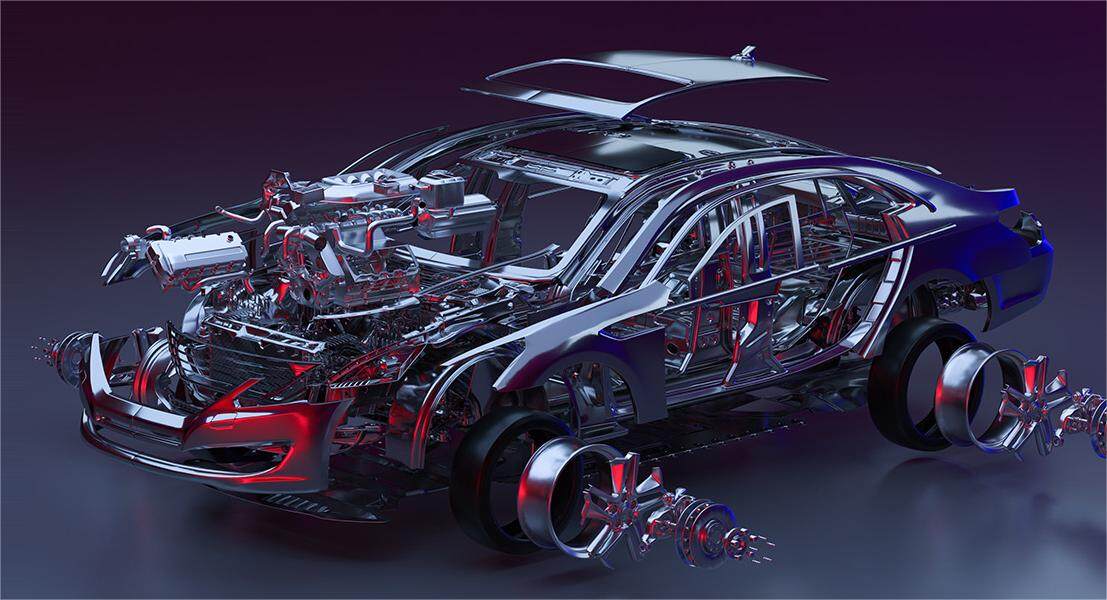Email format error
Email cannot be empty
Email already exists
6-20 characters(letters plus numbers only)
The password is inconsistent
Email format error
Email cannot be empty
Email does not exist
6-20 characters(letters plus numbers only)
The password is inconsistent


Automotive Parts Exports by Country: A Global Overview
The automotive industry is one of the largest and most critical sectors in the global economy. At its core are automotive parts exports by country, a vital component driving this industry. The landscape of automotive parts exports is complex, with various countries specializing in different components, technologies, and production processes. This blog delves into the intricacies of automotive parts exports by country, exploring major players, emerging trends, and the factors influencing this dynamic market.
The Global Leaders in Automotive Parts Exports
Germany: Engineering Excellence
Germany stands at the forefront, renowned for its engineering prowess and high-quality manufacturing. Home to automotive giants like Volkswagen, BMW, and Mercedes-Benz, Germany's export strength lies in its advanced technology and precision engineering. The country exports a vast array of components, including engines, transmissions, and electrical systems. In 2022, Germany's automotive parts exports were valued at over $70 billion, making it the world's largest exporter in this sector.
Japan: Innovation and Reliability
Japan is another heavyweight in automotive parts exports, known for its innovative designs and reliable products. Companies like Toyota, Honda, and Nissan have cemented Japan's reputation for quality. The country's exports include a wide range of parts, from engine components to electronic systems. Japan's focus on continuous improvement and lean manufacturing techniques has bolstered its position in the global market. In recent years, Japan's automotive parts exports have consistently exceeded $40 billion annually.
United States: Diverse Capabilities
The United States is a significant player in automotive parts exports, with a diverse range of capabilities and a strong domestic market. American companies like Ford, General Motors, and Tesla contribute to a robust export market, supplying components such as transmissions, brake systems, and advanced electronics. The US automotive parts industry benefits from substantial research and development investments, fostering innovation and technological advancements. In 2022, the United States exported automotive parts worth approximately $30 billion.
Emerging Players in the Automotive Parts Market
China: Rapid Growth and Expansion
China's rise in automotive parts exports has been nothing short of remarkable. Over the past decade, China has transformed from a manufacturing hub for low-cost parts to a major exporter of high-quality components. Chinese companies like Geely and BYD are increasingly recognized for their technological capabilities and competitive pricing. The country's focus on electric vehicles (EVs) has further accelerated its export growth, with significant investments in battery technology and electric drivetrains. In 2022, China's automotive parts exports reached $25 billion, reflecting its growing influence in the global market.
South Korea: Technological Advancements
South Korea is another emerging force in automotive parts exports, driven by technological advancements and a strong automotive sector. Hyundai and Kia are prominent names that have bolstered South Korea's export capabilities. The country specializes in high-tech components, including advanced driver-assistance systems (ADAS) and infotainment systems. South Korea's commitment to innovation and quality has positioned it as a competitive exporter, with annual exports exceeding $20 billion.
Factors Influencing Automotive Parts Exports
Trade Policies and Tariffs
Trade policies and tariffs play a crucial role in shaping automotive parts exports. Countries with favorable trade agreements and low tariffs can enhance their export competitiveness. Conversely, protectionist measures and trade disputes can hinder export growth. For instance, the US-China trade war resulted in increased tariffs on automotive parts, impacting trade volumes between the two nations.
Technological Innovation
Technological innovation is a key driver of success in automotive parts exports. Countries that invest in research and development, adopt advanced manufacturing techniques, and embrace new technologies can produce high-quality, competitive products. Innovations in areas such as electric vehicles, autonomous driving, and connectivity are particularly influential in shaping the future of automotive parts exports.
Labor Costs and Production Efficiency
Labor costs and production efficiency are significant factors that influence automotive parts exports by country. Countries with lower labor costs and efficient production processes can offer more competitive pricing, attracting international buyers. For example, China's competitive labor market and efficient manufacturing infrastructure have contributed to its rapid growth in automotive parts exports.
The Impact of Electric Vehicles on Automotive Parts Exports
The Shift Towards Electrification
The global shift towards electric vehicles (EVs) is reshaping the landscape of automotive parts exports by country. As governments worldwide implement stricter emissions regulations and incentivize EV adoption, the demand for electric components, such as batteries and electric drivetrains, is surging. Countries that specialize in EV technology and production are poised to benefit significantly from this transition.
Leading Exporters of EV Components
Several countries are emerging as leaders in the export of EV components. China, with its robust battery manufacturing industry, is a dominant player. The country produces more than half of the world's lithium-ion batteries, essential for EVs. South Korea and Japan are also major exporters of EV batteries and other related components, thanks to companies like LG Chem, Samsung SDI, and Panasonic.
Challenges and Opportunities in Automotive Parts Exports
Supply Chain Disruptions
Supply chain disruptions pose a significant challenge to automotive parts exports. Events such as natural disasters, geopolitical tensions, and pandemics can disrupt production and logistics, affecting the timely delivery of parts. The COVID-19 pandemic, for instance, highlighted the vulnerability of global supply chains, leading to delays and increased costs.
Sustainable Manufacturing Practices
Sustainability is becoming increasingly important in the automotive industry, influencing automotive parts exports. Countries that adopt sustainable manufacturing practices, reduce carbon emissions, and promote recycling can enhance their export appeal. Consumers and governments are increasingly prioritizing environmental considerations, making sustainability a key competitive factor.
Market Diversification
Market diversification offers significant opportunities for automotive parts exports. Expanding into emerging markets with growing automotive industries can drive export growth. For instance, countries in Southeast Asia, Latin America, and Africa are experiencing rising vehicle demand, presenting new export opportunities for established and emerging players alike.
The Future of Automotive Parts Exports
Advanced Technologies and Innovation
The future will be shaped by advanced technologies and continuous innovation. Developments in autonomous driving, connectivity, and alternative fuels will create new demands for specialized components. Countries that invest in these technologies and stay ahead of industry trends will maintain a competitive edge in the global market.
Strengthening Trade Relationships
Strengthening trade relationships and forming strategic partnerships will be crucial for the future. Bilateral and multilateral trade agreements can facilitate smoother trade flows, reduce tariffs, and enhance cooperation. Collaborative efforts between countries can also drive innovation and address common challenges, such as supply chain resilience and sustainability.
Adapting to Regulatory Changes
Adapting to regulatory changes is essential for maintaining competitiveness in automotive parts exports. Governments worldwide are implementing new regulations related to emissions, safety, and technology standards. Exporting countries must stay abreast of these changes and ensure their products comply with international standards to avoid trade barriers and maintain market access.
Conclusion
Automotive parts exports by country form the backbone of the global automotive industry, driving innovation, economic growth, and international trade. Major players like Germany, Japan, and the United States continue to lead the market, while emerging economies like China and South Korea are making significant strides. Factors such as trade policies, technological innovation, labor costs, and sustainability practices play crucial roles in shaping this dynamic landscape.
The future will be influenced by the ongoing shift towards electric vehicles, advanced technologies, and evolving regulatory frameworks. Countries that can adapt to these changes, invest in innovation, and strengthen their trade relationships will be well-positioned to thrive in the global market. As the automotive industry continues to evolve, the role of automotive parts exports by country will remain a critical driver of progress and prosperity.

